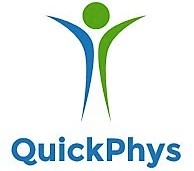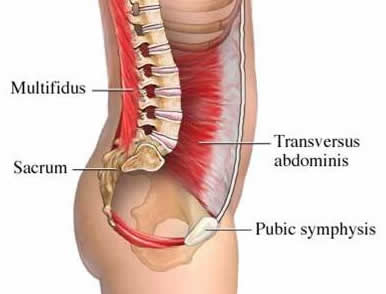People often move, sit and rest in postures that puts strain on their muscles and bones. This can generate an experience of back pain.
By working to improve strength, alignment and patterns of movement much of this mechanical irritation can be avoided.
The picture menu below can help start the process; it lists common types of postural dysfunction. Improving your own posture will always be of health benefit so if you have been identified as a particular type then click on the link to see a selection of exercises designed to help strengthen the spine and regain alignment and stability.
If you are unsure or have any concerns regards the severity of your pain experience please speak with your Doctor or book an appointment with QuickPhys.
The truth about back pain
Key message in the video is to 'keep moving'. It contains more traditional information, but fails to expand on the importance of 'how' you should move. Most back problems start because a person moves incorrectly and displays poor posture. Unless you change how you move then the pain experience is likely to re-occur.
The Importance of Posture. A clear and simple short video full of advice and practical tips on how to correct your desk posture
Keel STarT click here
A scoring system designed to see if you need further assistance. This tool does not replace clinical assessment. It is based more on determining how the experience is affecting you as opposed to determining if you have got any significant damage to your muscles and joints.
'Click' on your posture type to reveal more information and exercises
'Click' on the core muscles to start your 6 progressive core exercises
Further information
Anatomy
The spine forms the main structure of the human body and could be considered the equivalent of a vehicle's chassis; it is what most parts fix onto.
There are 22 bones called vertebrae that make up the slightly curved structure. These are separated by discs. A disc is a structure designed to absorb impact forces; it is part of the body's suspension.
Function of the spine
The spine can generate movement but more important is its ability to stabilise forces that are generated by the arms and legs. Like any mechanical structure its ability to stabilise is related to its alignment and strength.
Back Pain and Posture
There are common postural problems that most people present with and it recognised that any loss of alignment or weakness within the spine can cause problems and result in pain. Imagine a vehicle with a bent chassis or a chassis that wobbled about; that vehicle would not work well. The same applies to us!
Correcting posture is always a good start for anyone wanting to improve their health. Good posture enables the arms, legs and the head to attain best position and therefore helps to resolve many problems.
Common causes for back pain
There are a number of common shared thoughts regards an experience of back pain and these can include a slipped disc, trapped nerve, crumbling spine and sciatica. It is however important to recognise that irrespective of the intensity, duration and location of the pain experience, this experience is not an accurate diagnostic indication of the problem.
A diagnosis becomes more accurate when you determine what action(s) initiate the experience of pain. Is it when you lean backwards for example, or is it worse after rest ?
Assessment and diagnosis
By performing a clinical assessment your GP or Quickphys can help to determine which mechanical tissues are likely to be involved. If it is identified that there is a loss of actual tissue function then further investigations need to be considered. There are times when surgery is best practice but this is not common.
The vast majority of people decrease their experience of pain by increasing their spinal stability and attaining good posture.
Medication can help during this process, but many drugs have side effects that can lead to other health problems.
Return to the different posture types and click on the one that fits you the best. Always start exercises gently and if you encounter any problems please consult your GP or book an appointment with QuickPhys.






